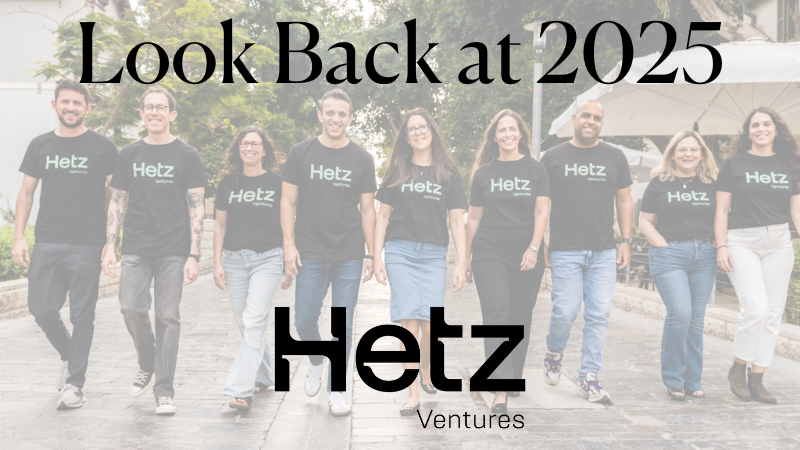Flattening The Unemployment Curve And Redefining The Future Of Work
The labor markets are undergoing significant changes, and the future of work is becoming the present reality. Several key trends are shaping the labor markets:
1. Acceleration of Automation: During economic downturns, there is a tendency to accelerate automation as an alternative to hiring, aiming to meet demand more cost-effectively. The COVID-19 pandemic has further pushed organizations toward automation due to the requirements of social distancing and the need for operational improvements. Companies that prioritize operational enhancements over adopting new technologies and business models risk falling into the trap of not keeping up with innovation.
2. Uneven K-Shaped Recovery: The employment landscape is experiencing an uneven recovery. While the unemployment rate continues to decrease, employment levels are still far from pre-pandemic levels. Certain industries, such as financial and information services, have seen fewer job losses, while sectors like hospitality and leisure, which traditionally offer lower wages, have experienced significant job cuts. This K-shaped recovery benefits employees in specific industries while leaving others behind, particularly those lacking skills in emerging occupations.
3. Unemployability, Not Just Unemployment: The risk extends beyond long-term unemployment to unemployability, where individuals' skills are no longer relevant to the job market's demands. The number of long-term unemployed people has increased, with many lacking the necessary skills for available jobs. Reskilling and upskilling programs that leverage accurate data on job demand and skills supply are crucial for addressing long-term unemployment and unemployability.
To address these trends and foster a return to full employment, it is important to prioritize skills over job titles or education when hiring. AI technology can play a significant role in identifying skills gaps and facilitating reskilling and upskilling initiatives. Employers must recognize that skills attainment is a continuous journey and provide opportunities for employees to acquire new skills. HR tech powered by data can enable organizations to flatten the unemployment curve by offering the right training for individuals to acquire the skills required for available jobs.
The current economic crisis, brought about by the COVID-19 pandemic, presents both challenges and opportunities. By leveraging AI and data, organizations can reskill and upskill their workforce at an unprecedented scale, aligning employees' abilities and desires with organizational needs. Data-driven approaches provide visibility into skills and skills gaps, allowing for effective planning and bridging of gaps. Ultimately, using data to navigate employees' careers and make informed decisions benefits both individuals and organizations.
Read more in Forbes

.jpg)
